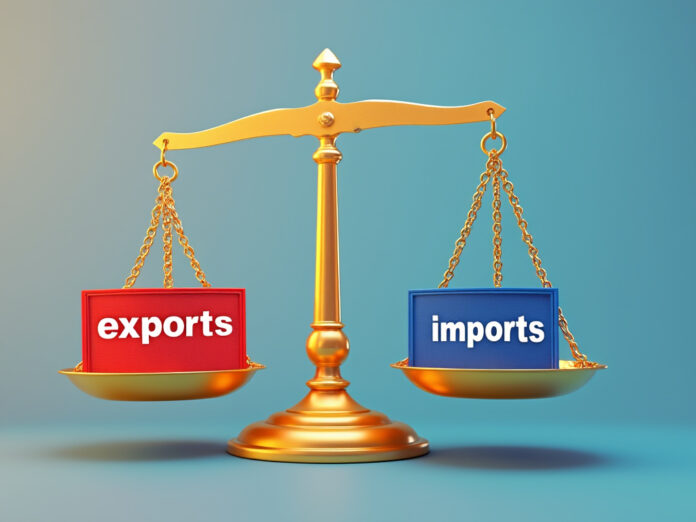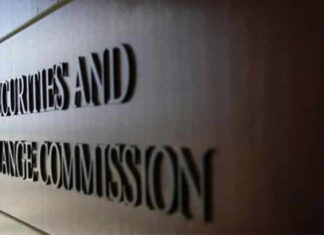Pakistan’s trade deficit climbed by 37% year-on-year (YoY) to $2.5 billion in December 2024, the highest monthly deficit since April 2024. This increase was primarily driven by a sharp rise in imports, which reached $5.4 billion, while exports grew modestly by 3% YoY to $2.9 billion, according to data released by the Pakistan Bureau of Statistics (PBS).
Imports in December 2024 increased 16% YoY and 20% month-on-month (MoM) to $5.4 billion, making it the highest level since August 2022. Total imports during H1FY25 amounted to $27.84 billion, a 7% YoY increase, while exports registered an 11% YoY rise, reaching $16.64 billion.
In the first half of the current fiscal year (H1FY25), the cumulative trade deficit rose marginally by 0.4% YoY to $11.2 billion, compared to $11.15 billion during the same period last year.
According to data compiled by Arif Habib Limited, the petroleum group remained the largest contributor to the import bill, with imports valued at $1.66 billion, reflecting a 7% YoY increase. Within this group, crude oil imports increased by 16.15% in quantity, reaching 4.98 million tonnes, although the cost of petroleum products declined by 7%.
The food group saw substantial growth, with imports rising by 32% YoY to $803 million, driven by increased purchases of essential items. Machinery imports also surged by 12% YoY to $858 million, boosted by notable increases in textile machinery (up 53.9%) and electrical machinery (up 31.3%).
The textile group recorded a striking 113% YoY increase in imports, reaching $431 million, underscoring the industry’s growing reliance on imported raw materials. The transport group posted a modest 5% YoY rise, with imports totaling $191 million, while agricultural and chemical imports increased by 11% YoY to $787 million.
On the export side, Pakistan recorded $2.9 billion in revenue in December, reflecting a 3% YoY and 3% MoM increase.
The textile group remained the leading export sector, with total earnings of $1.48 billion, marking a 6% YoY rise. Within this category, ready-made garments experienced the highest growth at 20% YoY, contributing $357 million. Knitwear exports rose by 7% to $392 million, while other textile products saw a slight 1% decline.
Exports of manufactured goods, including chemicals and pharmaceuticals, grew by 21% YoY to $391 million. However, petroleum and coal exports dropped by 18% YoY to $35 million. The food group faced a 4% YoY decline, with exports valued at $805 million, reflecting weaker demand for key agricultural products.
With the trade deficit reaching $2.5 billion in December and overall imports nearing $28 billion in H1FY25, policymakers face the pressing task of curbing non-essential imports while boosting export competitiveness to stabilise the country’s external accounts.
The Federation of Pakistan Chambers of Commerce & Industry (FPCCI)’s Businessmen Panel (BMP) has said that the current account surplus is fine but challenges remain as the trade deficit is widening, with imports surpassing $5 billion, enhancing risk for external account stability.























